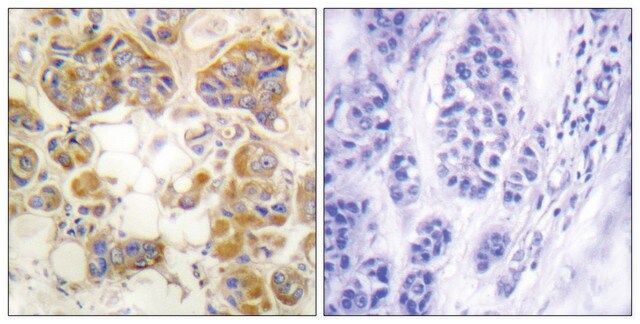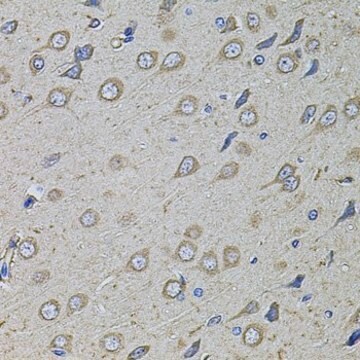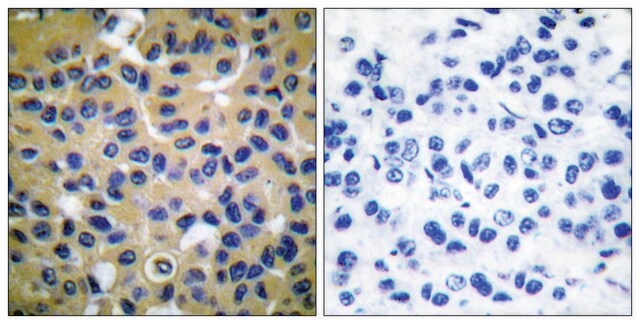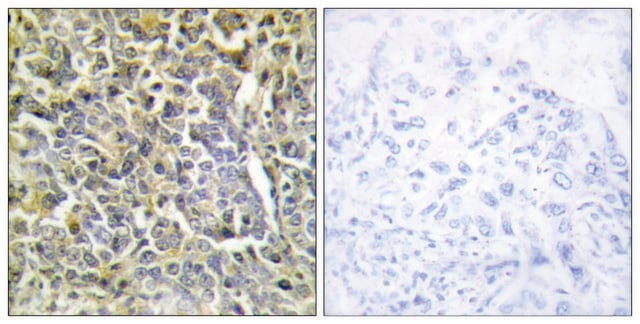A6013
Agarose
Type I, low EEO
Synonym(s):
3,6-Anhydro-α-L-galacto-β-D-galactan, Agarose LE
About This Item
Recommended Products
biological source
algae (Gelidium & Gracilaria)
Quality Level
type
Type I
form
powder
technique(s)
electrophoresis: suitable
impurities
≤10% water
EEO
0.09-0.13
transition temp
gel point 36 °C ±1.5 °C (1.5% gel)
gel strength
≥1200 g/cm2 (1% gel)
anion traces
sulfate (SO42-): ≤0.15%
Looking for similar products? Visit Product Comparison Guide
1 of 4
This Item | SAB5700818 | SAB4500366 | SAB4500388 |
|---|---|---|---|
| conjugate unconjugated | conjugate - | conjugate unconjugated | conjugate unconjugated |
| Quality Level 100 | Quality Level 100 | Quality Level 100 | Quality Level 100 |
| antibody form affinity isolated antibody | antibody form affinity isolated antibody | antibody form affinity isolated antibody | antibody form affinity isolated antibody |
| storage temp. −20°C | storage temp. −20°C | storage temp. −20°C | storage temp. −20°C |
| Gene Information human ... COL1A2(1278) | Gene Information human ... COL1A2(1278) | Gene Information human ... COL2A1(1280) | Gene Information human ... COL6A2(1292) |
General description
Application
- for gel electrophoresis of DNA and RNA molecules[1][2]
- for agarose overlay in cell culture, to measure antibacterial activity by radial diffusion[3]
- for agarose overlay in cell culture for radio immunodiffusion assays to quantify antigens[4]
- for agarose overlay in plaque assays to determine viral titer
- to prepare agarose hydrogel that encapsulates a viscous media for 3D cell culture[5]
- as an ingredient of human-tissue-like MRI phantoms[6]
- for diagnostic to analyze patient samples for MRSA genome using pulsed-field gel electrophoresis[2]
Features and Benefits
- Low EEO agarose is useful for routine analysis of nucleic acids
- Suitable for electrophoresis: DNase & RNase free
- Suitable for plant cell culture
- Suitable for mammalian cell culture
Analysis Note
Sulfate content - used as an indicator of purity, since sulfate is the major ionic group present.
Gel strength - the force that must be applied to a gel to cause it to fracture.
Gel point - the temperature at which an aqueous agarose solution forms a gel as it cools. Agarose solutions exhibit hysteresis in the liquid-to-gel transition - that is, their gel point is not the same as their melting temperature.
Electroendosmosis (EEO) - a movement of liquid through the gel. Anionic groups in an agarose gel are affixed to the matrix and cannot move, but dissociable counter cations can migrate toward the cathode in the matrix, giving rise to EEO. Since electrophoretic movement of biopolymers is usually toward the anode, EEO can disrupt separations because of internal convection.
Other Notes
comparable product
Storage Class Code
11 - Combustible Solids
WGK
WGK 1
Flash Point(F)
Not applicable
Flash Point(C)
Not applicable
Personal Protective Equipment
Choose from one of the most recent versions:
Certificates of Analysis (COA)
Don't see the Right Version?
If you require a particular version, you can look up a specific certificate by the Lot or Batch number.
Already Own This Product?
Find documentation for the products that you have recently purchased in the Document Library.
Customers Also Viewed
Our team of scientists has experience in all areas of research including Life Science, Material Science, Chemical Synthesis, Chromatography, Analytical and many others.
Contact Technical Service







